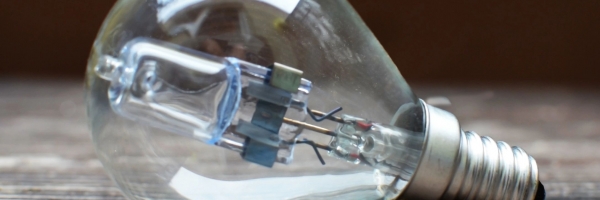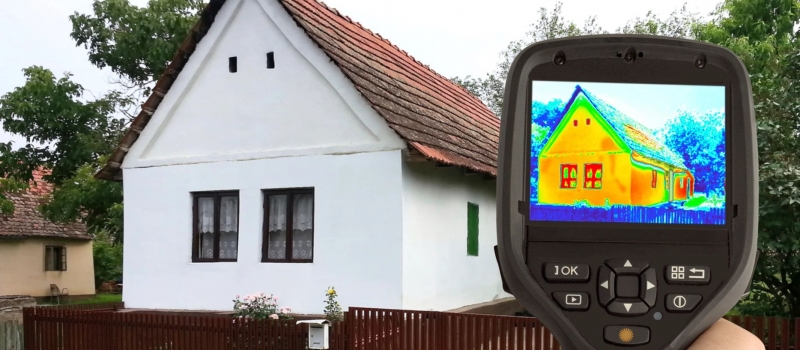
Energy Efficient Mortgage Program
Energy-efficient homes have lower operating costs because cost-effective energy improvements lower utility bills which makes the home more affordable by freeing up income for mortgage payments.
When participating in the Energy Efficient Mortgage Program (EEM) FHA insures a borrower’s mortgage used to purchase or refinance a principal residence, and the cost of energy efficient improvements to be made to the home. Borrowers only have to qualify for the loan amount used to purchase or refinance a home. They are not required to be qualified on the total loan amount with the portion of the loan used to finance energy efficient improvements.
Type of Mortgage
EEM is one of many FHA-insured mortgage loans. These home loans encourage lenders to make mortgage credit available to borrowers who do not qualify for conventional loans on affordable terms (such as first time homebuyers) and to residents of disadvantaged neighborhoods (where mortgages may be hard to get).
EEM can be used in conjunction with the FHA 203(k) rehabilitation program. Borrowers may also consider HUD’s Title I Home Improvement Loan program for energy efficient housing rehabilitation that does not also require buying or refinancing the property.
Energy Package
The energy package is the set of improvements that the Borrower chooses to make based on the recommendations and analysis performed by a qualified home energy assessor.
This can include:
- energy-saving equipment
- active and passive solar and wind technologies
- materials and labor
- inspections
- home energy assessment by qualified energy assessor
Keep in mind that the Energy Package must be cost-effective. That is to say that the cost of making the improvements is equal to or less than the money saved on energy from those improvements.
1. How to Test Cost Effectiveness for Existing Homes
Existing homes have cost-effective improvements when the money saved on utility bills is the same or greater than the cost of making the improvement.
This can be determined with the qualified home energy assessment you have completed that looks at the home’s energy efficiency and calculates the potential savings for different types of improvements.
2. How to Test Cost Effectiveness for New Construction
New construction homes are cost effective when they exceed the standards set by the most recent International Energy Conservation Code (IECC) adopted by HUD. The qualified home energy assessment will determine which improvements exceed these standards.
Amount of Energy Package Financing
The maximum amount of the energy package that can be added to the borrower’s regular FHA loan amount is the lesser of:
- The cost-effective improvements to be made (energy package) based on the home energy assessment; or
- the lesser of 5 percent of:
- the Adjusted Value;
- 115 percent of the median area price of a Single Family dwelling; or
- 150 percent of the national conforming mortgage limit.
FHA-approved lenders can access FHA’s EEM Calculator to determine the dollar maximum amount that a borrower can finance for energy improvements.

Home Energy Assessment
A home energy assessment that identifies the opportunities for improving the energy efficiency of the home and their cost-effectiveness is required.
It must be conducted by a qualified energy rater, assessor, or auditor using whole-home assessment standards, protocols and procedures. Qualified home energy raters/assessors must be trained and certified as one of the following:
- Building Performance Institute Building Analyst Professional
- Building Performance Institute Home Energy Professional Energy Auditor
- Residential Energy Services Network Home Energy Rater
